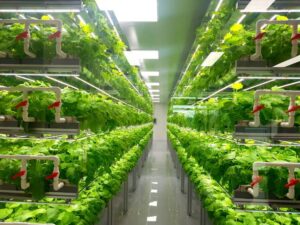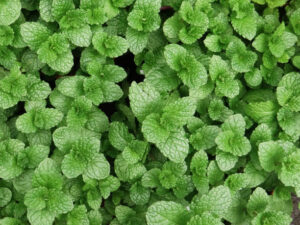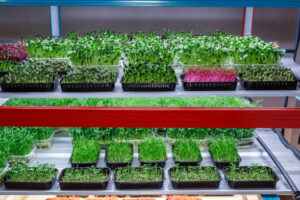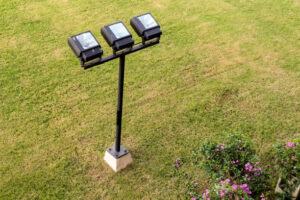Grow Microgreens Without Soil: A Hydroponic Approach
Introduction
Microgreens, with their intense flavors and vibrant colors, have become a popular choice for health-conscious individuals and culinary enthusiasts alike. Traditionally grown in soil, microgreens are now finding their way into hydroponic systems, offering an alternative method that brings efficiency and cleanliness to the cultivation process. In this exploration, we delve into the art of growing microgreens without soil, embracing the hydroponic approach. Discover the benefits, techniques, and considerations that come with this innovative method, and embark on a journey to cultivate nutrient-packed microgreens year-round.
Benefits of Hydroponic Microgreens
Faster Growth: Hydroponic systems provide a direct nutrient delivery system to the roots, resulting in faster growth rates compared to traditional soil cultivation.
Year-Round Cultivation: Hydroponic setups allow for controlled environmental conditions, making it possible to grow microgreens regardless of the season.
Space Efficiency: Hydroponic systems are often more space-efficient than traditional soil-based methods, making them ideal for urban gardens or indoor cultivation.

Hydroponic Techniques for Microgreens
Nutrient Film Technique (NFT): This method involves a thin film of nutrient-rich water flowing over the roots of the microgreens. It’s an efficient system that promotes optimal nutrient absorption.
Deep Water Culture (DWC): In DWC, the microgreens’ roots are suspended in a nutrient-rich water solution. Air stones or diffusers provide oxygen to the roots, ensuring a well-aerated environment.
Aeroponics: Aeroponic systems mist the roots of the microgreens with a nutrient solution. This method promotes rapid nutrient absorption and allows for increased oxygenation.
Vertical Hydroponics: Ideal for space-saving, vertical hydroponic systems use stacked layers to grow microgreens. This approach maximizes the use of vertical space and can be implemented indoors.
Choosing the Right Microgreen Varieties
Broccoli: Broccoli microgreens, known for their rich flavor and high nutritional content, are well-suited for hydroponic cultivation.

2. Radish: Radish microgreens add a peppery kick to salads and sandwiches. Their quick growth makes them a favorite for hydroponic systems.

3. Sunflower: Sunflower microgreens have a mild, nutty flavor and are packed with nutrients. They thrive in hydroponic setups, producing tall, vibrant greens.

4. Arugula: Arugula microgreens, with their distinct peppery taste, are easy to grow hydroponically and are a versatile addition to various dishes.

Caring for Your Hydroponic Microgreens
Maintain pH Levels: Regularly check and adjust the pH of the nutrient solution to ensure optimal nutrient absorption by the microgreens.
Monitor Nutrient Levels: Keep a close eye on nutrient levels and replenish the solution as needed. Hydroponic systems require precise nutrient management for successful cultivation.
Air Circulation: Ensure proper air circulation around the microgreens to prevent the development of mold or mildew. This is particularly important in systems with high humidity.
Harvest at the Right Time: Harvest your hydroponic microgreens when they reach the desired height, usually between 7 to 14 days depending on the variety. Use clean scissors to snip the greens just above the growing medium.



















































